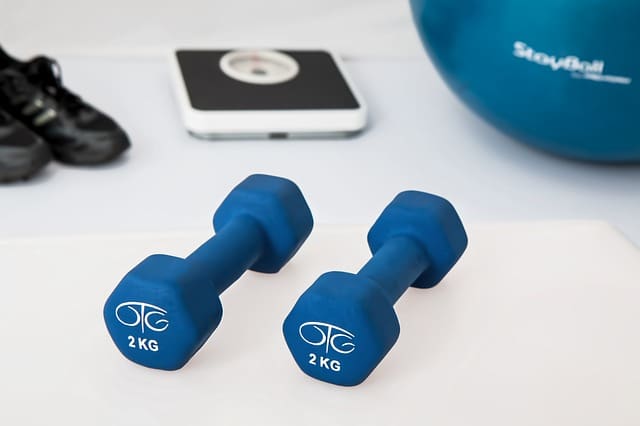One of the biggest issues with pursuing self-improvement is that it is hard to find a healthy balance. You do not want to do too little, or you will make no progress at all. So you can’t afford to be relaxed or take things casually. But you don’t want to be obsessed or perfectionist either. You need room to do other things, to make mistakes, or to take a day off, otherwise it will just become another job.
The 80/20 rule is an amazing way to guarantee results without sacrificing your own identity to the activity. It means that 80% of the time, 80% of your actions, or 80% of the times you have a choice, you will make sure to focus on self-improvement. But up to 20% of the time, actions, and choices in your day can be relaxed.
The idea behind this is simple: By doing the best thing for self-improvement 80% or more of the time, you make sure that you are always going to get results. But by letting yourself “fail” up to 20% of the time you are giving yourself room to make mistakes, learn, take it easy, cheat, or just have a day off. This means you will not fall for perfectionist thinking, or become obsessed with your goal.
Applied to any weight loss diet, this means that 80% of the time you need to make sure that you eat well, and keep your calories low, but up to 20% of the time you can cheat on your diet by eating too much or eating unhealthy foods.
How you do this will depend on your own personal tastes. The most popular ways of doing 80/20 are to have a cheat day or a cheat meal.
If you have a cheat day, this means that one in every five days you will be allowed to relax your diet standards. You will follow your diet strictly for four days, but on the fifth day you can go out for a meal, eat dessert every meal, or just eat a bit more than usual.
If you have a cheat meal, this means that one meal every two days you will be allowed to relax your diet standards. It is not a good idea to make a huge cheat meal, or have it right before bed, as this can mess with your metabolism. Instead, have a medium cheat meal around lunch time, to give you time to digest it.
Other ways people do the 80/20 are by making 1/5 of their plate or calories from usually forbidden foods, by eating healthy for two weeks and then having a whole weekend of partying, or by eating healthy meals all the time but letting themselves have an unhealthy snack or drink every three days. All these methods work well, but you need to follow them properly.
- Do not use your 20% as an excuse to go crazy. On your cheat day or cheat meal, do not go out of your way to pig out. Instead, just have a little bit of what you fancy, or a typical non-diet meal. An example of a good cheat meal is four slices of pizza and fries, an example of a bad one is two whole pizzas followed by a tub of ice cream. Moderation is your friend.
- Do not include foods that actively harm you in your 20%. Your 20% should be foods that are not great for you, but that are actually perfectly safe. Basically: foods that are a bit too calorific, or sugary, or fatty. Do not include foods you are allergic to, have an intolerance to, or cannot digest. If you have gluten intolerance, for example, you can’t include wheat in your 20%.
- Your 20% is 20%, even if you don’t “use it up”. If on your cheat day you don’t eat all that much, you don’t get to try again the next day. If for your cheat meal you just have a slice of cake, you don’t get to go back three hours later for more. The idea of 80/20 is not to always cheat 20% of the time, it is to cheat up to 20% of the time. If today you only cheated 4% of the time, that’s good, not bad.
By breaking your diet up to 20% of the time you are telling your body that the “shortage” it is experiencing is not serious. This means you do not need to desperately hold onto calories, which means your body will not drop your metabolism and you can continue losing weight at the same pace.
All in all, the 80/20 method, applied correctly, can really help you with your weight loss goals.



